[ENG-SPN] San Pedro Manrique: the being or not being of the Knights Templar / San Pedro Manrique: el ser o no ser de los caballeros templarios
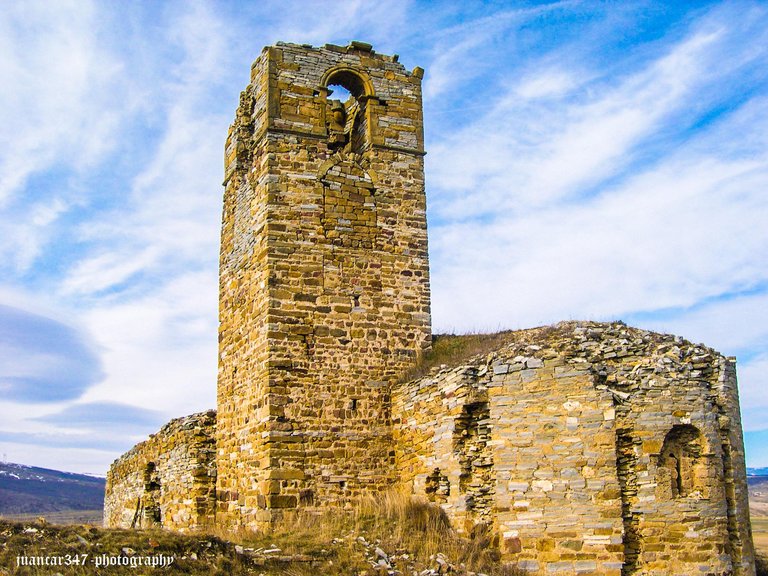
Within that metaphorical 'to be or not to be', of an implacable History when it comes to granting numerous places in our old medieval Spain, the no less metaphorical designation of origin, 'it was of Templars', we have another magnificent example in some ruins , solitary and ghostly, seen in the light of twilight, which, miraculously, continue standing, elevated, like a dark hanged man's tree, on a solitary hill, located on the outskirts of a town in Soria, San Pedro Manrique, which, back in The festival of Saint John, that is, the summer solstice - let us never forget that, as far as Soria is concerned, Celtiberia is always present - continue to surprise the entire world, with its traditional and at the same time, spectacular passage of fire .
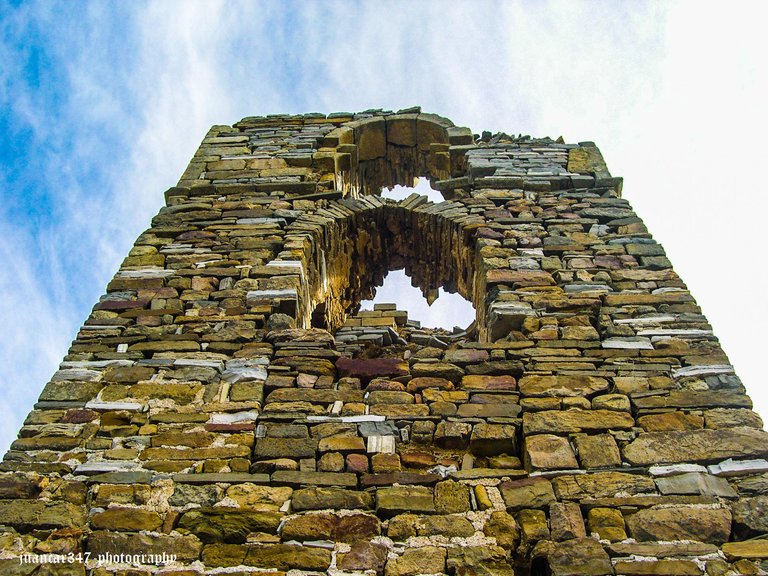
The old people of the place say - and I also believe it - that this ruined place, known as Saint Peter the Old - possibly, was Saint Peter Ad Vincula in its origins, in memory of that legendary liberation from the chains that kept him prisoner in a dark prison in Rome, where the intervention of one of those beings of light so common in New Testament stories, the angels, is once again confirmed - was, in those times of the Crusade and Reconquest, a Templar convent. Of course, there is no documentation to support it - although to the elderly, that detail does not matter at all, since they remain faithful to an oral tradition, a blessed treasure, by the way, in which they trust, in the same way that they celebrate, with all the passion of yesteryear, those traditional festivals that date back to the dawn of time - and the possible signs of identification, which, according to the guidelines of the mysterious Master Roncellín, must have been present in every place associated with the Order, have been left to be lost, irretrievably, by the neglect and contempt that characterized our beloved country for much of its history. However, although barely visible, inside its bruised apse, if you sharpen your eyes a little, you can still see the fight of some knights, who were part of some missing paintings, and the confirmation of other symbols, disconcerting and perhaps, of modern authorship, such as the famous Neolithic archer, the Indalo, which invite us, at the very least, to continue speculating, letting ourselves be carried away by the seductive influence of our intuition.

Dentro de ese metafórico ‘ser o no ser’, de una Historia implacable a la hora de otorgar a numerosos lugares de nuestra vieja España medieval, la no menos metafórica denominación de origen, ‘fue de templarios’, tenemos otro magnífico ejemplo en unas ruinas, solitarias y fantasmales, vistas a la luz del crepúsculo, que, milagrosamente, continúan en pie, elevadas, cual tenebroso árbol del ahorcado, en una solitaria colina, situada a las afueras de una población soriana, San Pedro Manrique, que, allá por la festividad de San Juan, es decir, del solsticio de verano -no olvidemos nunca, que, en cuanto a Soria se refiere, la Celtiberia está siempre presente- continúan sorprendiendo al mundo entero, con su tradicional y a la vez, espectacular paso del fuego.
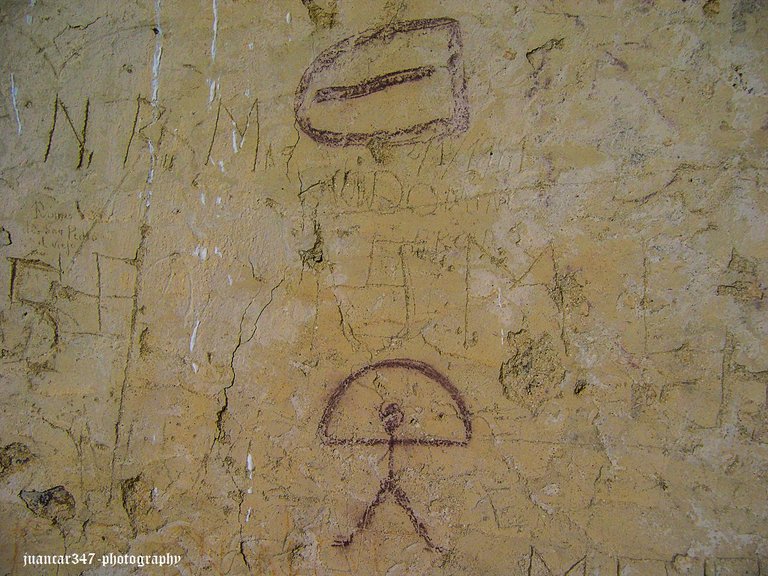
Dicen los viejos del lugar -y yo así también lo creo- que este arruinado lugar, conocido como San Pedro el Viejo -posiblemente, fuera San Pedro Ad Vincula en sus orígenes, en recuerdo a aquélla legendaria liberación de las cadenas que le mantenían prisionero en una oscura cárcel de Roma, donde se vuelve a constatar la intervención de uno de esos seres de luz tan comunes en las historias Neotestamentarias, los ángeles- fue, en aquellos tiempos de Cruzada y Reconquista, un convento de templarios. Por supuesto, no hay documentación que lo avale -aunque a los viejos, ese detalle les da absolutamente igual, pues continúan fieles a una tradición oral, bendito tesoro, dicho sea de paso, en la que confían, de la misma manera que celebran, con toda la pasión de antaño, esas fiestas tradicionales que se remontan al alba de los tiempos- y los posibles signos de identificación, que, según las directrices del misterioso Maestro Roncellín, debían de estar presentes en todo lugar asociado con la Orden, se han dejado perder, irremisiblemente, por la dejadez y el desprecio que caracterizó a nuestro querido país durante buena parte de su historia. Sin embargo, aunque apenas visibles, en el interior de su magullado ábside, todavía, aguzando un poco la vista, se pueden apreciar la lucha de unos caballeros, que formaban parte de unas pinturas desaparecidas y la constatación de otros símbolos, desconcertantes y quizás, de moderna autoría, como el famoso arquero del Neolítico, el Indalo, que nos invitan, cuando menos, a seguir especulando, dejándonos llevar por la seductora influencia de nuestra intuición.
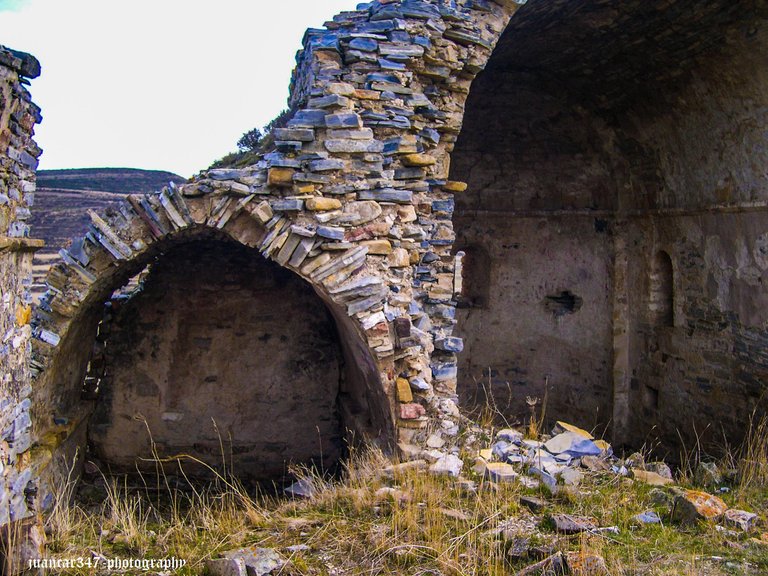
NOTICE: Both the text and the accompanying photographs are my exclusive intellectual property and are therefore subject to my Copyright.
AVISO: Tanto el texto, como las fotografías que lo acompañan, son de mi exclusiva propiedad intelectual y por lo tanto, están sujetos a mis Derechos de Autor.
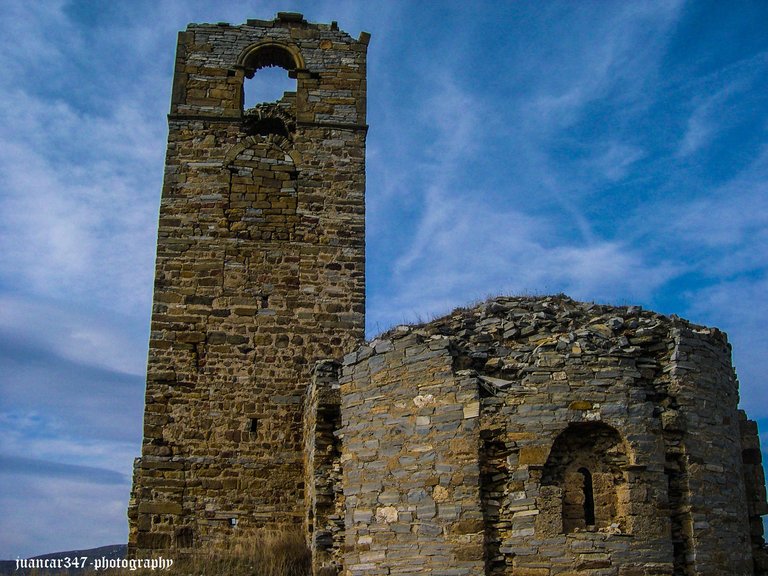
The place is look like for time traveling in the movies.
Yes, it could be a good movie set.
I would gladly join the movie. 😅
I also like to go to a place like that,and I want to take pictures to.🤗
Fortunately or unfortunately, there are many places like this in the world, with their oblivion, with their mystery, with their languid beauty. Surely you can find one near where you live.
The old medieval Spain must be full of amazing buildings just like this
Lovely pictures!
Actually, yes. Despite the losses, we still have, fortunately and still, an exciting number of similar buildings, in better and worse condition, of which we feel especially proud, now that, finally, many people have begun to value them as they should. they deserve.
https://twitter.com/lee19389/status/1787934157621829676
#hive #posh